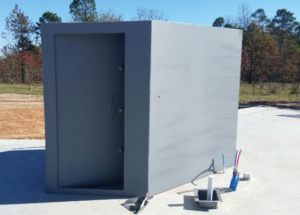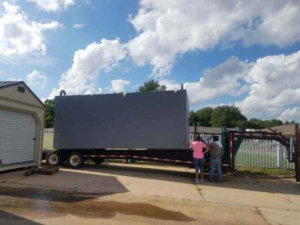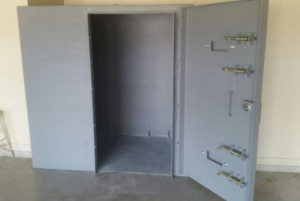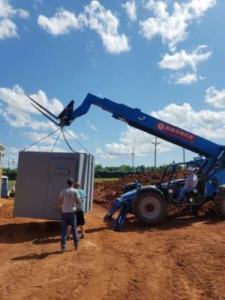The U.S. has confirmed reports of more than 400 tornadoes as of April 2020, as well as 69 related deaths.
Given that we have such high numbers already in the first half of the tornado season, all citizens in tornado-prone areas must take pre-emptive measures to keep themselves protected.
US Safe Rooms offers a guide on detecting tornado signs and information on running a tornado drill!
Detecting a Tornado: What to Look Out for
If the national weather forecasting agency in your area issues a tornado warning, take it seriously.
According to the research on tornado shelter-seeking behavior in the United States, 69 percent of residents do not seek shelter during the warning. And for many, that makes the difference between life and death.
But, if a warning hasn’t been issued yet, keep your eyes peeled for the following signs:
During the Day
- Heavy rain and hail, followed by an intense shift in the wind or a dead calm in the air. Heavy precipitation sometimes masks tornadoes so they may not initially be visible until they start catching debris
- Whirling debris or dust at ground level under the cloud base. Funneling is not necessary for tornadoes at times
- Persistent, steady rotations in the cloud base
- Funneling in the cloud base with a visible lowering
At Night
- As opposed to the bright, sparkly lightning you may see in the clouds, at night, you might witness bright but small white to blue-green flashes in a thunderstorm at ground level. This may indicate that the tornado has snapped the power lines
- A lowered cloud base, illuminated by lightning
- Persistent and continuous rumbling and roaring. It may sound like thunder, will be very loud, and will not fade as thunder does.
In all circumstances, day or night, if you notice any of these signs, it’s much safer to make your way to the tornado shelter in an orderly fashion and wait out the tornado or storm until it’s safer.

Implementing a Tornado Drill Plan
Under the FEMA-recommended plan on disaster preparation, here are some steps you must take when planning a tornado drill plan:
Step#1: Design an Emergency Plan with the Household
Sit down together and decide on the four essential details:
- How you’ll receive warnings and emergency alerts
- What your shelter plan is
- What the safest evacuation route is
- How the household will communicate
We recommend having a battery-operated radio nearby so that you can get up-to-date information on any issued tornado warnings. As for the shelter plan, if you already have an aboveground tornado shelter installed on the premises, your evacuation route should include the easiest way for the household to make their way to it.
Step#2: Considering Specific Needs
As you prepare your plan, discuss the different responsibilities and needs of the people in the household and whether they require specific care, like assistance with their medical equipment or accessibility limitations. When deciding on a plan to evacuate to the tornado shelter, keep a separate list for stocking your shelter with all necessary items.
Step#3: Make a Family Emergency Plan
Have all members of the household memorize essential phone numbers, emergency numbers, routes, and plans in case they are alone. If there is someone injured, teach every person the basics of first aid, and follow up by implementing a drill every week.
Step#4: Practice
Consider the first drills as test runs and observe whether there are any hindrances, blockages, or faulty door handles, etc. that need to be fixed. You’ll want to take this opportunity to clear out the path and make it as easy as possible for people to get to their shelter.
Tornadoes must be dealt with through preparedness. Use this plan to make life easier and safer for yourself and your loved ones. Prepare for tornadoes before time by installing tornado shelters, get in touch with us by calling on 469-629-6000 to order one. We offer top-quality tornado shelter in Texas.










